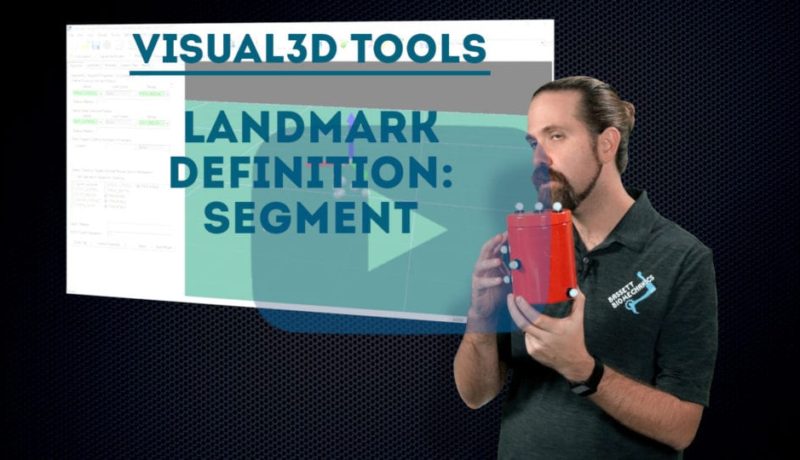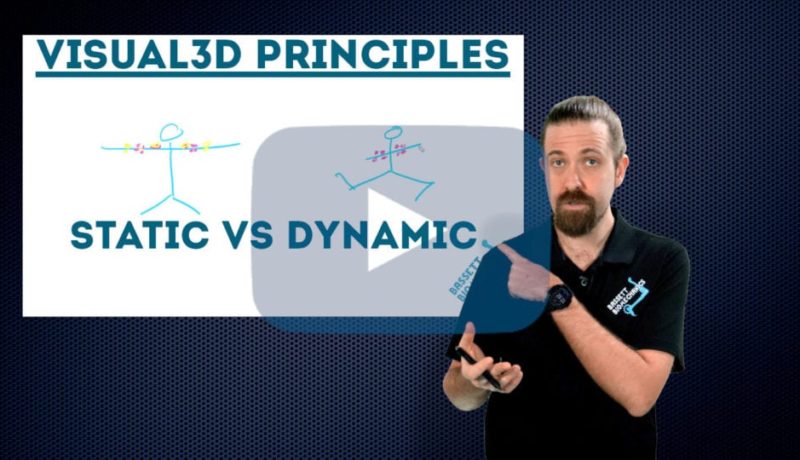Tracking Joint Landmarks
Chapter 3: Tracking Joint LandmarksJoint landmarks can be very useful references to be used in a variety of ways, regardless […]
Chapter 3: Tracking Joint LandmarksJoint landmarks can be very useful references to be used in a variety of ways, regardless […]
Visual3D Expert BuilderModel Unit 1 Chapter 1: Joint Landmarks Joint landmarks can be used in a variety of ways, including […]
Chapter 2: Foot LandmarksTracking anatomical landmarks on the foot is critical to successful biomechanical modeling. However, not all scientific reference […]
Part II: Collecting and processing dataHaving covered the basics of what a Qualisys system is, in this video we discuss […]
Visual3D BasicsUnit 1:Building your first biomechanical model Chapter 5: Defining segments for a Conventional Gait Model We don’t always have […]
Chapter 4: Defining segmentsA biomechanical model in Visual3D is made up of a series of segments. In this chapter, we […]

This tutorial shows you how to define a landmark using the coordinate system of an entire segment. This can be useful when definition markers might become occluded or when the landmark doesn’t correspond to existing points.

This tutorial shows how to define a landmark in 3D space in Visual3D. When you use three points for reference, you can specify offsets along the X, Y, and Z axes, giving you full control over where in virtual space to place your landmark.

This tutorial explores the differences between static and dynamic trials and how they are used in Visual3D. A static trial is used to define the biomechanical model that is applied to dynamic recordings.

This tutorial shows how to track a point of interest located on a line between two other points. This is useful for tracking points that cannot be directly defined by markers, such as the knee joint center.